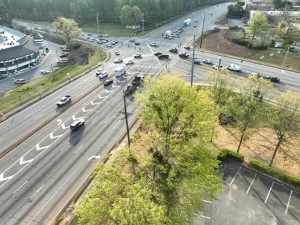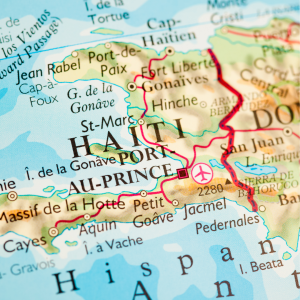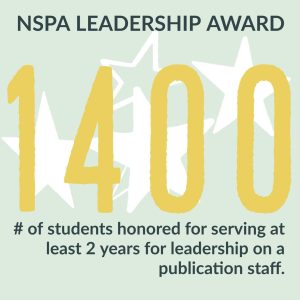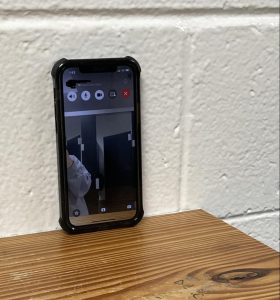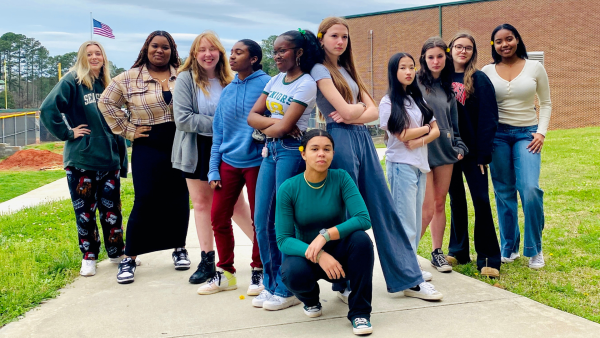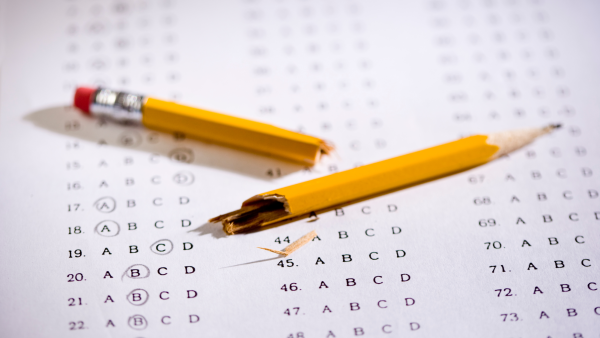Environmental science students work on labs
Caroline Chang
Each lab group has six bags of radish seeds growing with various doses of a toxin. The bags have ten radish seeds each, so LD50 will be demonstrated in the bag in which five radish seeds grow and five die.
Jan 17, 2017
Since returning from the semester break, students in Ms. Kelly McMahon’s AP Environmental Science classes have started a new unit on environmental hazards, human health, and water.
To go along with the new unit, students are working on a lab to demonstrate finding a lethal dose (LD50). LD50 is the amount of a toxin that will kill 50 percent of a sample. The students began the lab by using oil as a toxin in salt water growing brine shrimp. However, after a few days, the brine shrimp failed to hatch from their eggs, so the results were deemed inconclusive. Therefore, the students attempted another method to achieve results. This time, students placed radish seeds in various doses of water and bleach and placed them under a plant light to demonstrate the LD50. After a few days, some of the radish seeds had already begun to sprout. Many students are hopeful that the second version of the lab will be a success.



